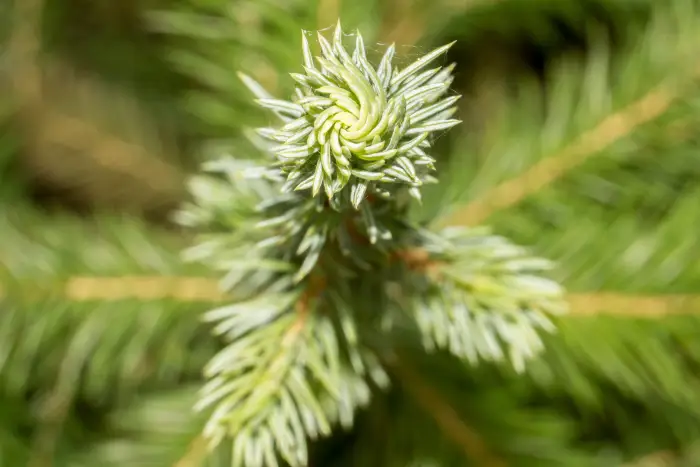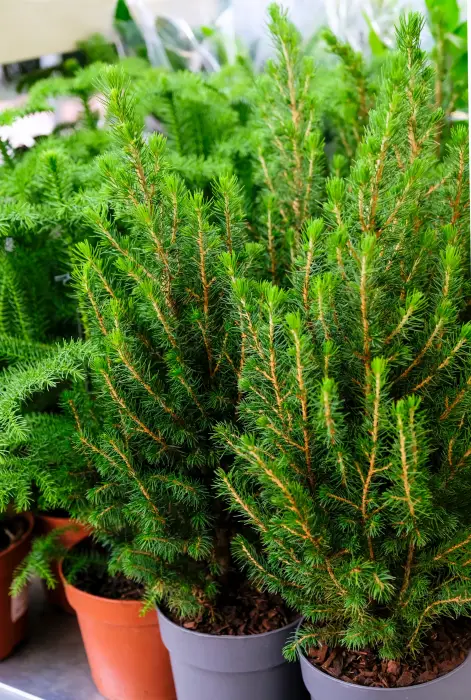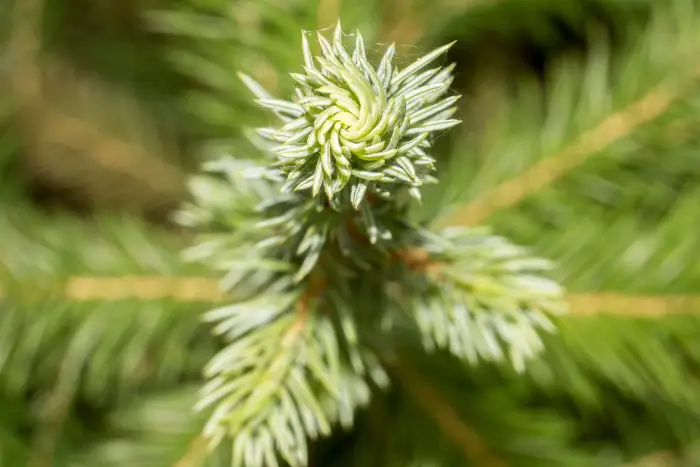Picea conica
| Name: Picea conica | Family: Pinaceae | Type Plant: Evergreen conifer |
| Flowering time: – | Best time to buy: Autumn and Winter | Max Height: 1-2 |
| Sun/Shadow: Full sun | Wintergreen: Yes, evergreen | Humidity: Moderate humidity |

Origin
Picea conica, or cone spruce, is a miniature form of white spruce (Picea glauca) native to the Rocky Mountain region of North America. Discovered in the early 20th century, its compact, conical shape made it popular among gardeners as an ornamental plant. This natural mutation from Canada has since become widely cultivated in gardens globally.
Characteristics
Picea conica, or cone spruce, is a miniature white spruce that grows to heights of 1-2 meters. It features a compact, conical shape and soft green needles, providing year-round appeal. This slow-growing plant adds 5-10 cm annually and has a shallow, extensive root system. Preferring sunny spots and slightly acidic, permeable soils, Picea conica is perfect for small gardens, rock beds, pots, and is commonly used as a Christmas decoration
Care
Picea conica thrives in sunny locations with permeable, slightly acidic soils, avoiding heavy clay. Young plants require regular watering during hot weather but should not be overwatered. While cone spruce is frost-hardy, it’s advisable to protect young plants from harsh frosts. Pruning is generally unnecessary, except for removing dead or damaged branches. This plant is ideal for small gardens, rock beds, pots, and as a Christmas decoration
Inspiration
Picea conica’s compact, symmetrical form adds harmony and elegance to both modern and traditional gardens. Its evergreen foliage brightens winter landscapes when many plants lose their leaves. Serving as a great alternative to traditional Christmas trees, it can be moved outdoors after the holiday season. This miniature Christmas tree offers an eco-friendly option for decorations, enhancing any setting with charm and character.



